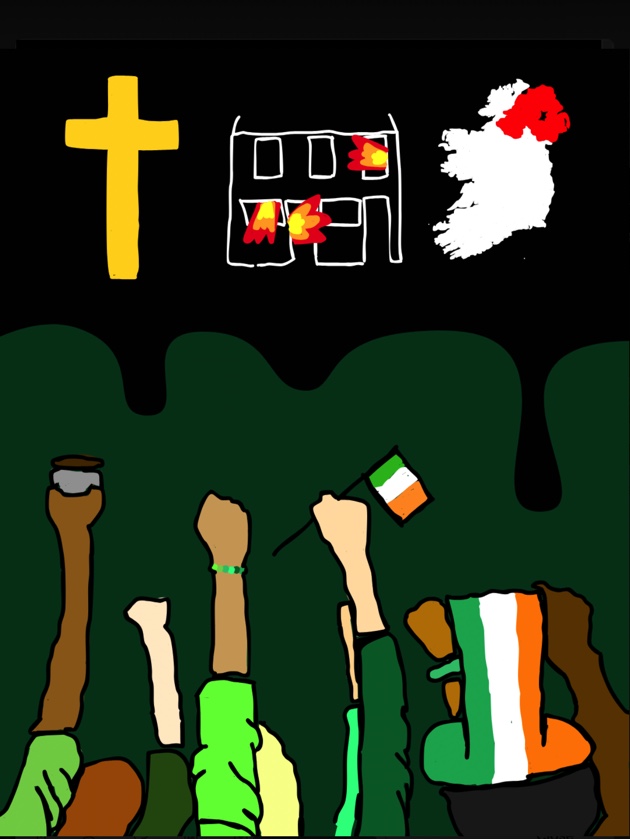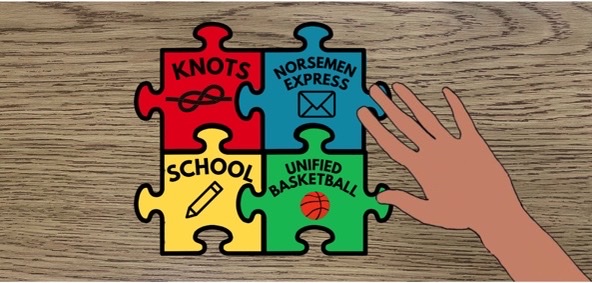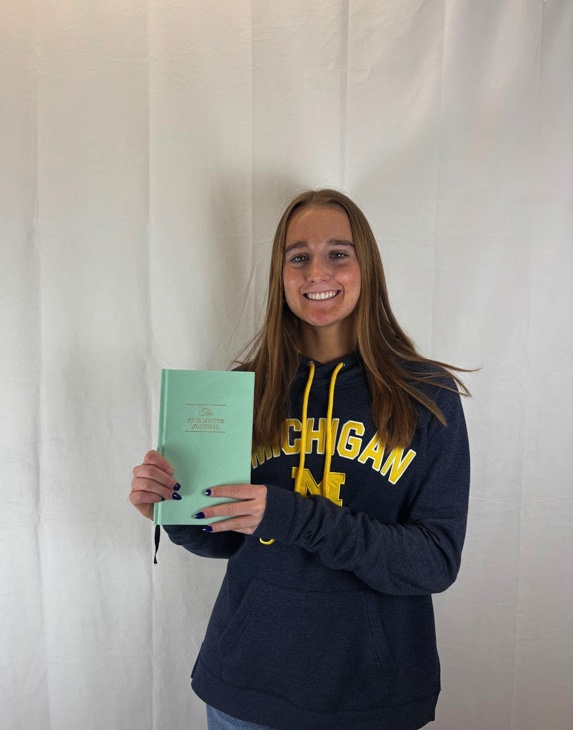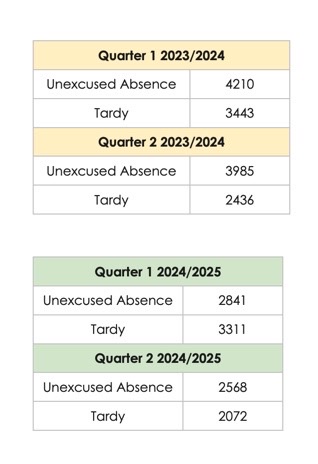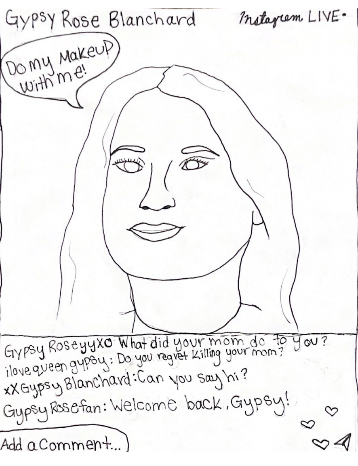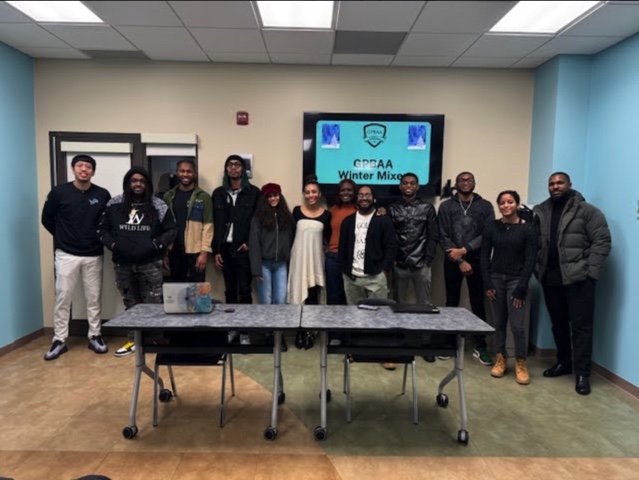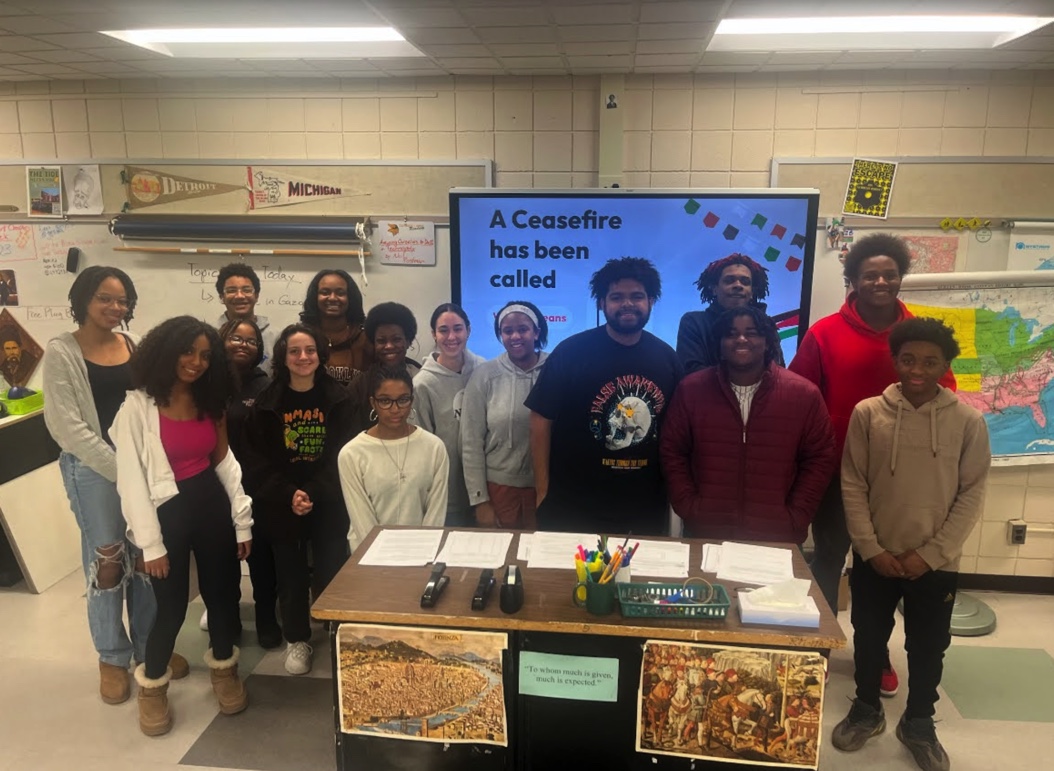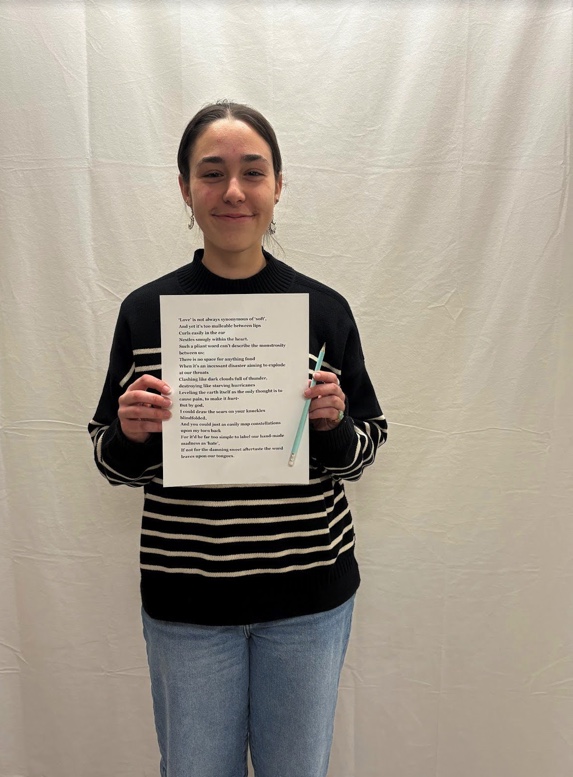
This year more than ever, we as students are greeted with the now familiar image of a garden gnome chewing a wire accompanied by the phrase, “This page has been blocked.” And while the notion of the illustration can be appreciated, it does little to quell the frustration that goes along with it. North’s lack of online freedom, highlighted by recent blockages on Virtual Private Networks, has become an annoyance. As journalism students ourselves, we’ve found learning websites and essential communication websites blocked. Our digital portfolio creator, Wix, our project management website, Basecamp, and our online publication, northpointenow.com, have been prohibited, requiring us to contact tech support to resolve these issues. Not only are we expected to work around these issues while creating our paper, but the majority of students can’t even read our online publication because they don’t have access.
While web pages like those are integral to the success of our program, the apps most commonly blocked by the administration do little to enhance the academic experience.
Amidst the ongoing restrictions on popular apps like TikTok, Snapchat and WhatsApp, students find themselves facing a new hurdle after Feb. 13, when VPN services were blocked across the district. Worried whispers filled the air as students contemplated the implications of this tightening grip on their online independence during the school day.
While the usage of VPNs is prohibited according to district guidelines, it’s important to acknowledge the practical challenges that we, the students, face. Many of us rely on these applications not for illicit purposes but to simply send a text message during passing time or lunch. While it’s important to address the challenges we face with these blockages, it’s also crucial to grasp the primary reason behind them. Administration claims it is because we as students are bypassing district internet filters and violating both the Student Acceptable Use Agreement and the Bring Your Own Device Technology Handbook is not acceptable in a school setting. Stemming from VPN’s internet filtering and violating school policies, we can utilize this as an opportunity for opting to put our Snapchat streaks on hold and to further grasp our learning and better ourselves, not only as students but as people.
Yes, it’s challenging to resist the allure of glowing notifications, but envision the potential for us students to absorb more from teachers’ lessons by putting away our phones due to the increased restrictions on applications. When it comes to everyday life, teenagers’ average screen time comes to a shocking nine hours a day according to aacap.org – the majority of which accumulates during the school day. From eye strain to poor grades and even anxiety, it becomes abundantly clear that high phone usage can harm teenagers providing a good reason to stay off of our phones in class and to make do with the blockages.
Furthermore, addressing the underlying issues such as blocked applications and poor Wi-Fi connectivity requires a collaborative effort between students, teachers and administrators. By addressing these problems, we can ensure that we as students have access to the educational resources we need, which offers another solution to the issue of application blockage.
While the prohibition of applications, specifically VPNs may be rooted in the necessity to maintain safety, it is essential to consider the realities of skyrocketing screen time in and out of school. By adopting an improved approach to addressing our concerns about blocking applications, we can foster healthy screen habits and heighten the overall learning experience at school.


